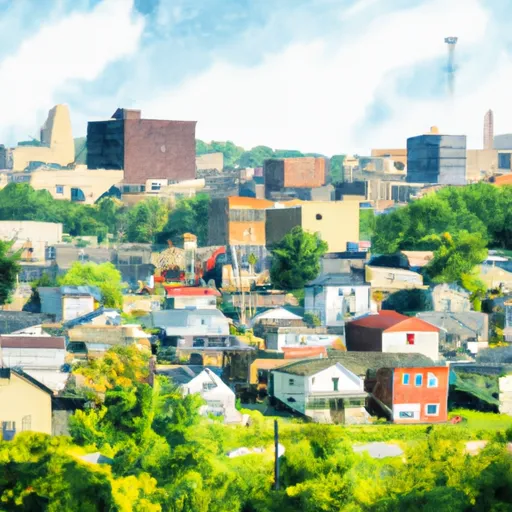°F
°F
mph
Windspeed
%
Humidity











Saint Clairsville is a charming city located in Belmont County, Ohio. It experiences a humid continental climate, characterized by warm summers and cold winters. The average high temperature in the summer months reaches around 85°F (29°C), while winter temperatures can drop to an average low of 20°F (-6°C). Precipitation is evenly distributed throughout the year, with an annual average of approximately 40 inches (102 cm).
The city of Saint Clairsville is situated near various water bodies, including the Ohio River and several creeks. This hydrology provides opportunities for fishing, boating, and other water recreation activities. The surrounding region is also home to numerous parks, offering outdoor enthusiasts a wide range of options. Saint Clairsville's Memorial Park provides walking trails, playgrounds, and picnic areas, while Barkcamp State Park, located nearby, offers hiking, swimming, camping, and fishing opportunities.
In conclusion, Saint Clairsville, Ohio, has a temperate climate, a variety of water bodies, and numerous outdoor recreation options, making it an appealing destination for both residents and visitors seeking to enjoy nature and engage in various outdoor activities.
Weather Forecast
Saint-Clairsvill receives approximately 1063mm of rain per year, with humidity levels near 83% and air temperatures averaging around 11°C. Saint-Clairsvill has a plant hardyness factor of 6, meaning plants and agriculture in this region thrive during a short period during spring and early summer. Most plants will die off during the colder winter months.
Regional Streamflow Levels
17
Cubic Feet Per Second
14
Cubic Feet Per Second
24
Cubic Feet Per Second
1,420
Cubic Feet Per Second
Nearby Camping
| Camping Area | Reservations | Toilets | Showers |
|---|---|---|---|
| Cedar Creek State Park | |||
| Guilford Lake State Park | |||
| Kittie Wilson | |||
| Mill Creek - Berlin Reservoir | |||
| West Branch State Park | |||
| Mosquito Lake State Park |



